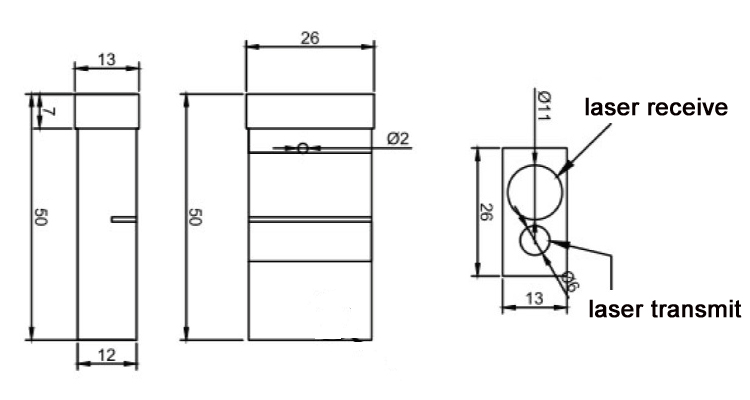The biggest difference between the cultivation of Agaricus bisporus and other edible fungi is the need to cover soil. If you don't cover the soil, you will not produce mushrooms or rarely produce mushrooms. The Agaricus bisporus in the cultivation conditions, from the growth of mycelium to fruiting body development process, covering the soil is an important inducing factor. The role of covering soil in the growth process of Agaricus bisporus is as follows: 1. The covering layer can create a microclimate with relatively stable temperature and humidity on the material surface, which is conducive to the formation of bacterial buds. After covering the soil, a layer of protective layer is added to the exposed material surface, which can not only ease the temperature change, but also reduce the evaporation of moisture, so that the soil layer has a relatively stable microclimate environment. 2. After covering the soil, the ratio of carbon dioxide and oxygen in the material surface and the soil layer is changed, and the hyphae are twisted into fruit bodies. The mycelium and fruit body of mushrooms have different tolerances for carbon dioxide. After the cover soil caused changes in carbon dioxide content of the material surface and soil layer, thereby controlling the mushroom mycelium growth in the soil layer, so that the formation of buds in time. 3. Changes in nutrient conditions after soil covering promote the transfer of vegetative growth from vegetative growth to reproductive growth in poorly nutritious soil layers. Mushroom hyphae thrive in nutrient-rich cultures. When grown to cover soil, the growth is inhibited due to the small amount of nutrients, which leads to reproductive development and nourishment. 4. The physical stimulation of the mycelium on the material surface of the cover soil can promote the formation of fruit bodies. This physical stimulation facilitates the kinking and differentiation of mushroom mycelium. 5. The cover soil can supply the large amount of water needed for mushroom growth at any time. The periodic changes in the growth and development of mushrooms are more prominent than other edible fungi. Therefore, it takes a large amount of water to be absorbed by the mushroom during the mushrooming period. If there is no soil layer, the material surface cannot withstand such a large amount of moisture, and the soil layer can absorb and store so much water, and there is enough air in the gaps for the mushroom to absorb, thus maintaining the normal growth and development of the mushroom. 6. The cover soil can support the normal growth of mushroom fruit bodies. Mushroom fruiting bodies cannot grow normally on the exposed material surface, but the covering layer does play a role in supporting the growth of fruiting bodies.
Long Range LiDAR Radar
Long distance LiDAR sensor IT03M series are particularly easy to communication thanks to their fixed connector, which can be plugged it up and off by yourself. Voltage is wider from 3.3v before to 3.6v. Low power consumption feature makes it beceome a very competitive, high performance-price ratio, long range Laser Distance Sensor.
Highlights:
> Measurement frequency: 100 Hz (Max 200 Hz)
> High temperatures: -10~+50℃
> UART output
> Connector design: easy to use

Parameters of IT03M:
|
Accuracy
|
+/-5cm@ 0.1~2.5m
|
|
Measuring Unit
|
cm
|
|
Measuring Range (without Reflection)
|
0.1-15m
|
|
Measuring Time
|
0.1~3 seconds
|
|
Measuring Frequency
|
100 Hz
|
|
Laser Class
|
Class II
|
|
Laser Type
|
650nm, <1mw, red
|
|
Weight
|
About 10g
|
|
Voltage
|
DC2.5V~+3.5V
|
|
Serial Level
|
TTL 3.3V
|
|
Size
|
50*26*13mm
|
|
Operating Temperature
|
0-40 ℃ (32-104 ℉ )
|
|
Storage Temperature
|
-25~60 ℃ (-13~140 ℉)
|
Speed Laser Sensor,Long Range Lidar,Long Range 3D Lidar,Long Range Radar Sensor
Chengdu JRT Meter Technology Co., Ltd , https://www.cdlaserdistancemodule.com
